
Hormones are chemical instructions that affect everything in the body, and the oral cavity is no exception. The same hormone can govern or affect a multitude of different organs and cells, resulting in sometimes-unexpected side effects.
Of all hormones, those associated with sex are likely the best known: oestrogen and testosterone. Levels of these hormones are subject to fluctuation on an individual basis, and medicines frequently change the balance of them for various treatments. With such variability being commonplace, it is important to understand the oral ramifications of various endocrinological states.
Oestrogen – contraception, menopause and HRT
Women experience changes in their oestrogen and progesterone levels across their lifespan and these hormones can have significant effects in the oral cavity. Several studies have demonstrated that oestrogen aids tooth retention through a variety of mechanisms, such as by playing a role in the synthesis and maintenance of various cells and influencing the body’s immune system and microcirculatory functioning.[i]Hormonal changes during puberty, pregnancy and the menopause can all lead to changes in periodontal conditions and an increased risk of gingivitisand subsequently periodontitis.
Beyond the natural changes that individuals go through as they age, oral contraceptives containing progesterone and oestrogen are in widespread usage, including for the common endocrine disorder polycystic ovary syndrome (PCOS). These affect the immune system and, among other things, collagen production in the gingiva. It has been reported that women utilising oral contraceptives exhibit a greater prevalence of Streptococci mutans, P. gingivaliscompared to non-users and are consequently more susceptible to dental caries.[iii] Women using oral contraceptive are also believed to be at increased risk of developing gingivitis and severe periodontitis. The changes in the oral biome from taking the pill typically begin to occur within a few months of starting, and the effect continues to gradually increase over the duration. Earlier, higher dosage formulations had more pronounced effects, but the use of current oral contraceptive is still a risk factor for gingivitis and periodontitis.3
Menopause has been linked to xerostomia, hyposalivation, and burning mouth syndrome.[iv]Evidence suggests that long-term oestrogen deficiency may be likely to result in ligature-induced alveolar bone loss.[v]We might conclude from this that hormone replacement therapy (HRT) may be beneficial for menopausal women in respect to their oral health, however, there are indications this may not be the case. One study found that HRT adversely affected the success of dental implants due to a higher instance of peri-implant bone loss than that seen in those not receiving HRT.[vi]
Testosterone
Lowered testosterone in males, whether from medication, the aging process or for other reasons, can directly and indirectly have a negative impact on oral health. There is some evidence to suggest that low testosterone levels are a risk factor for chronic periodontitis, however this is currently debated. More conclusively, low testosterone has been associated with some systemic health issues, including: cardiovascular conditions, increased insulin resistance, reduced bone density and fracture risk.[vii]These in turn can potentially play a role in oral health, such as influencing recovery following dental implants. There are testosterone-specific receptors within periodontal tissue, and testosterone stimulates osteoblasts and fibroblasts from the periodontal ligament.
Finasteride is a relatively mild testosterone blocker that is commonly prescribed to men for androgenic alopecia, male pattern baldness (at a strength of 1mg/day). It is also sometimes used for benign prostatic hyperplasia (at a higher strength of 5mg/day) as a preventative measure against prostate cancer. Finasteride has also sometimes been prescribed during transgender therapy. A study reported taking finasteride may result in a risk of the following oral health complications: erythema, purpura, periodontal inflammation and gingival hypertrophy.[viii]
Insulin
Insulin regulates blood sugar, preventing it from getting too high (hyperglycaemia) or too low (hypoglycaemia). Diabetes mellitus results from this function being impaired and has been linked to an elevated risk of various oral health consequences. Over 3.8 million people have been diagnosed with diabetes within the UK, and it is believed that hundreds of thousands have the disease without knowing it.[ix]Patients with type 2 diabetes are 2.8 times as likely to be affected by periodontitis and 4.2 times more likely to experience alveolar bone loss.[x]Diabetes is believed to be interrelated with oral health – patients with diabetes are more prone to periodontal disease, and periodontitis can in turn worsen glycaemic control contributing to further complications (possibly by means of increased inflammatory response), in other words there is a bidirectional relationship. Non-surgical periodontal therapy appears to have clinically significant positive effects for patients with diabetes.[xi],[xii],[xiii]For patients with diabetes it is important that the condition is controlled and that they are particularly thorough with their oral hygiene regime (especially oral implant patients).[xiv]Women with PCOS, which in itself is caused by elevated testosterone levels, are also frequently insulin resistant regardless of BMI.[xv]
While hormones can play a role in periodontal conditions, such as gingivitis and peri-mucositis, those can be treated or avoided altogether by restoring plaque/biofilm control.[xvi]
The Waterpik®Ultra Professional Water Flosser is the perfect adjunct to tooth brushing. The jet tip comfortably removes up to 99,9% of biofilm from tooth surfaces with minimal effort.[xvii]The Waterpik®Water Flosser makes cleaning hard to reach areas easy, helping your patients to manage their oral hygiene and avoid developing periodontal diseases.
Hormones have a powerful and multifaceted role in the body, including in oral health. We have only begun to scratch the surface of their true impact. However, while various hormonal states can predispose an individual to various oral health problems, with adequate care and oral hygiene conditions such as periodontitis can still be avoided.
For more information on Waterpik® products please visit www.waterpik.co.uk. Waterpik® products are available from Amazon, Asda, Costco UK, Boots and Superdrug online and in stores across the UK and Ireland.
References
[i]Hariri R., Alzoubi E. Oral manifestations of menopause. Journal of Dental Health Oral Disorders & Therapy. 2017; 7(4): 247-251. https://medcraveonline.com/JDHODT/JDHODT-07-00247March 1, 2019.
[ii]Jafri Z., Bhardwaj A., Sawai M., Sultan N. Influence of female sex hormones on periodontium: a case series. Journal of Natural Science, Biology, and Medicine. 2015; 6(Suppl 1): S146-149. https://www.ncbi.nlm.nih.gov/pmc/articles/PMC4630749/March 28, 2019.
[iii]Ali I., Patthi B., Singla A., Gupta R., Dhama K., Niraj L., Kumar J., Prasad M. Oral health and oral contraceptive – is it a shadow behind broad day light? A systematic review. Journal of Clinical & Diagnostic Research. 2016; 10(11): ZE01-ZE06. https://www.ncbi.nlm.nih.gov/pmc/articles/PMC5198473/March 1, 2019.
[iv]Siregar M. Menopause and the oral cavity: an oral hygiene update in Indonesia. International Journal of Community Medicine and Public Health. 2015; 2(3): 210-216. https://www.ijcmph.com/index.php/ijcmph/article/view/953March 1, 2019.
[v]Amadei S., de Souza D., Brandão A., da Rocha R. Influence of different durations of estrogen deficiency on alveolar bone loss in rats. Brazilian Oral Research. 2011; 25(6): 538-543. https://www.ncbi.nlm.nih.gov/pubmed/22147235March 28, 2019.
[vi]Koszuta P., Grafka A. Koszuta A., Łopucki M., Szymańska J. Effects of selected factors on the osseointegration of dental implants. Menopause Review. 2015; 14(3): 184-187. https://www.ncbi.nlm.nih.gov/pmc/articles/PMC4612555/March 28, 2019.
[vii]Kellesarian S., Malmstrom H., Abduljabbar T., Vohra F., Kellesarian T., Javed F., Romanos G. “Low testosterone levels in body fluids are associated with chronic periodontitis” a reality or a myth? American Journal of Men’s Health. 2017; 11(2): 443-453. https://www.ncbi.nlm.nih.gov/pmc/articles/PMC5675296/March 28, 2019.
[viii]Paunica S., Giurgiu M., Vasilache M., Paunica I., Motofei I., Vasilache A., Dumitriu H., Dumitriu A. Finasteride adverse effects and post-finasteride syndrome; implications for dentists. Journal of Mind and Medical Sciences. 2016; 3(1): 9. https://scholar.valpo.edu/jmms/vol3/iss1/9/March 1, 2019.
[ix]Diabetes UK. Diabetes prevalence 2018. Diabetes UK. 2019. https://www.diabetes.org.uk/professionals/position-statements-reports/statistics/diabetes-prevalence-2018March 28, 2019.
[x]Teshome A., Yitayeh A. The effect of periodontal therapy on glycemic control and fasting plasma glucose level in type 2 diabetic patients: systematic review and meta-analysis. BMC Oral Health. 2017; 17(31). https://www.ncbi.nlm.nih.gov/pmc/articles/PMC4967318/March 28, 2019.
[xi]Siddiqi A. Diabetes and periodontal disease – an important link not to overlook. Periodontics and Prosthodontics. 2016; 2(2): 12. http://periodontics-prosthodontics.imedpub.com/diabetes-and-periodontal-disease–animportant-link-not-to-overlook.pdfMarch 28, 2019.
[xii]Madianos P., Koromantzos P. An update of the evidence on the potential impact of periodontal therapy on diabetes outcomes. Journal of Clinical Periodontology. 2017; 45(2). https://onlinelibrary.wiley.com/doi/abs/10.1111/jcpe.12836March 28, 2019.
[xiii]Lalla E., Papapanou P. Diabetes mellitus and periodontitis: a tale of two common interrelated diseases. Nature Reviews Endocrinology. 2011; 7: 738-748. https://www.nature.com/articles/nrendo.2011.106March 28, 2019.
[xiv]Kasat V., Ladda R., Ali I., Farooqui A., Kale N. Dental implants in type 2 diabetic patients: a review. Journal of Oral Research and Review. 2018; 10(2): 96-100. http://www.jorr.org/text.asp?2018/10/2/96/240927March 28, 2019.
[xv]Layegh P., Mousavi Z., Tehrani D., Parizadeh S. Khajedaluee M. Insulin resistance and endocrine-metabolic abnormalities in polycystic ovarian syndrome: comparison between obese and non-obese PCOS patients. International Journal of Reproductive BioMedicine.2016; 14(4): 263-270. https://www.ncbi.nlm.nih.gov/pmc/articles/PMC4918775/March 28, 2019.
[xvi]Renvert S., Polyzois I. Risk factors for peri-implant mucositis: a systematic literature review. 2014; 42(Suppl. 16): S172-186. https://onlinelibrary.wiley.com/doi/full/10.1111/jcpe.12346March 7, 2019.
[xvii]Gorur A., Lyle D., Schaudinn C., Costerton J. Biofilm removal with a dental water jet. Compendium of Continuing Education in Dentistry.2009; 30(1). https://www.aegisdentalnetwork.com/cced/special-issues/2009/03/biofilm-removal-with-a-dental-water-jetMarch 28, 2019.




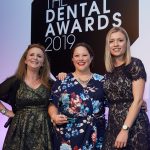

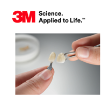

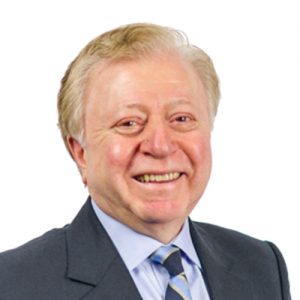 Recent advances enable more and more of us to take advantage of workflows greatly assisted by computer technology. This has broad applications in dentistry, from impression taking, to fabrication of 3D printed prostheses and surgical treatment guides.
Recent advances enable more and more of us to take advantage of workflows greatly assisted by computer technology. This has broad applications in dentistry, from impression taking, to fabrication of 3D printed prostheses and surgical treatment guides.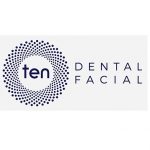
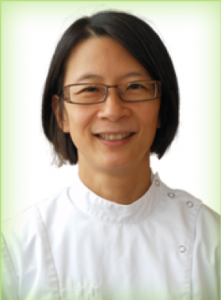 Dr Susan Tan explains how she collaborated with a trusted referral clinic to ensure the success of dental implant treatment in her patient’s upper arch.
Dr Susan Tan explains how she collaborated with a trusted referral clinic to ensure the success of dental implant treatment in her patient’s upper arch. 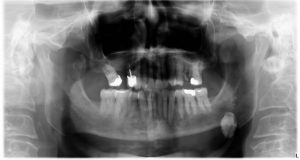
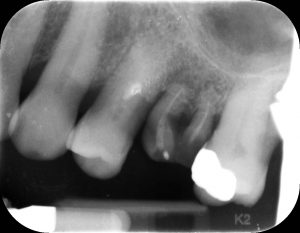
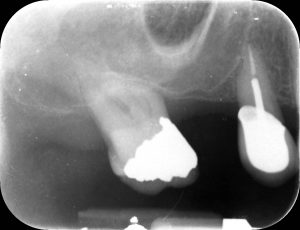
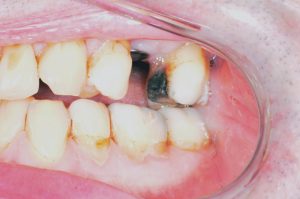
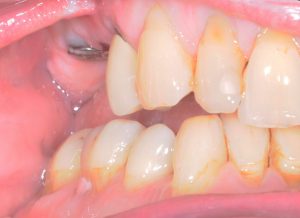
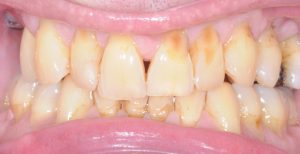
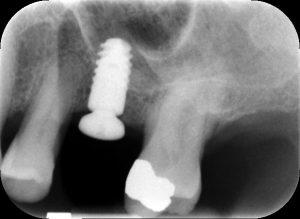
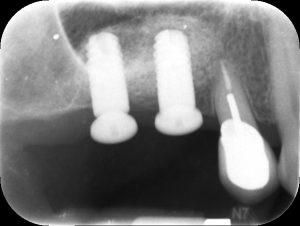
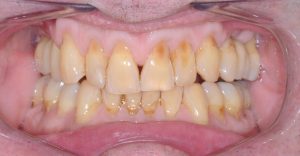
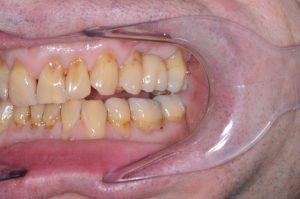
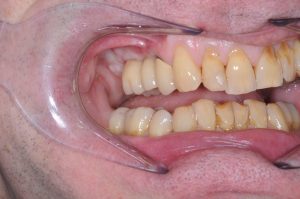
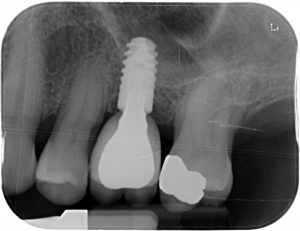
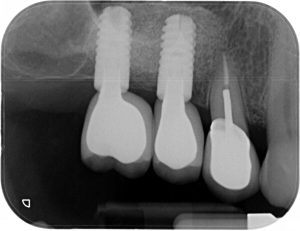
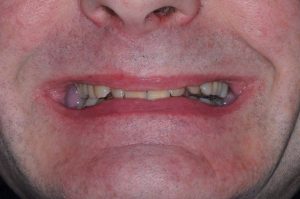
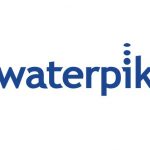

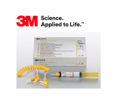

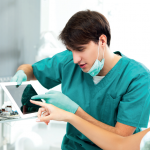

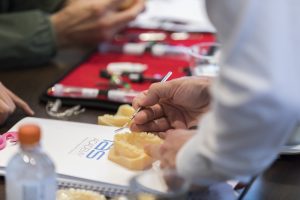 Dr Rushil Lachhani shares his insights into the field of GDP orthodontics and the benefits of quality training and support.
Dr Rushil Lachhani shares his insights into the field of GDP orthodontics and the benefits of quality training and support.

